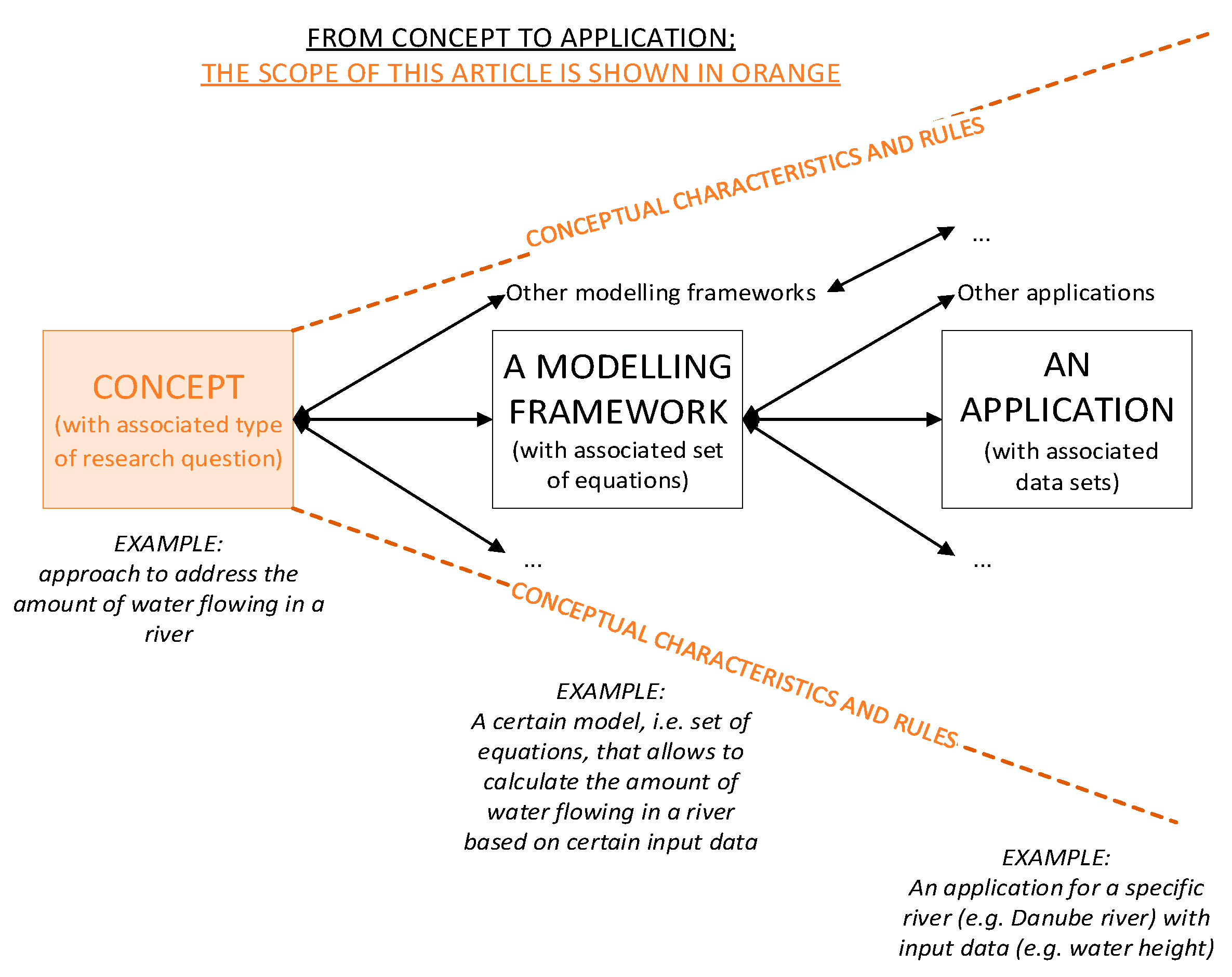This article provides 10 tips for understanding political spin and rhetoric when listening to politicians’ speeches or reading their statements. The first tip emphasizes understanding the politician’s agenda – whether it’s personal, ideological, or political – as it can help differentiate between truth and falsehood. The second tip highlights the importance of fact-checking by researching credible sources and considering multiple perspectives. Additionally, readers are advised to watch out for loaded language, take statements in context, identify logical fallacies, and discern patterns in language. Readers are advised to follow the money trail, evaluate sources, and consider the audience to understand politicians’ motives and what they aim to achieve by carefully conveying messages to particular demographics. Finally, readers are encouraged to think critically to form their own opinions based on sound reasoning rather than being influenced by emotional responses or biases.
10 Tips for Understanding Political Spin and Rhetoric
1. Understand the agenda
When a politician is putting forth their views or defending their actions, it is important to consider their agenda. Every politician has an agenda, whether it be personal, ideological, or political. By understanding their agenda, you can better differentiate between statements that are truthful and those that are not.
2. Research the facts
When a politician makes a claim, it is important to do your own research to verify the legitimacy of the claims. This means looking into credible sources, checking primary sources, and considering multiple perspectives.
3. Watch for loaded language
Politicians often use language that is intended to create an emotional response, instead of using neutral language. This is called loaded language, and it can influence the way people perceive an issue or person. Watch out for terms like “radical”, “extreme”, “un-American”, or “irresponsible”.
4. Consider the context
Words can be twisted and taken out of context to change their meaning entirely. Before jumping to conclusions, consider the larger context of what the politician is saying or doing.
5. Watch for logical fallacies
A logical fallacy is an argument that seems reasonable, but is actually built on a flawed or false premise. Politicians use logical fallacies to convince people of their position, even when there is little evidence to support their claim. Watch out for the following fallacies: straw man, red herring, appeal to authority, ad hominem.
6. Look for patterns
Politicians often repeat certain phrases or talking points to reinforce their message. By looking for patterns in their language, you can better understand what they are trying to communicate.
7. Follow the money
In politics, money talks. Understanding where a politician’s campaign donations come from can give you insights into their motivations and priorities.
8. Evaluate the sources
When a politician quotes a source or refers to a report, it is important to investigate the credibility of that source. Are they biased? Do they have a political agenda? Are they generally considered reputable within their field?
9. Consider the audience
Politicians often tailor their message to their audience. They will use language and references that they believe will resonate with their target demographic. By understanding the audience, you can begin to recognize when a politician is trying to manipulate public opinion.
10. Think critically
The best defense against political spin and rhetoric is critical thinking. Whenever a politician makes a claim or defends their actions, ask yourself: Does this make sense? Is this consistent with what I know to be true? Am I being influenced by emotions or bias? By thinking critically, you can cut through the noise and form your own informed opinions.
